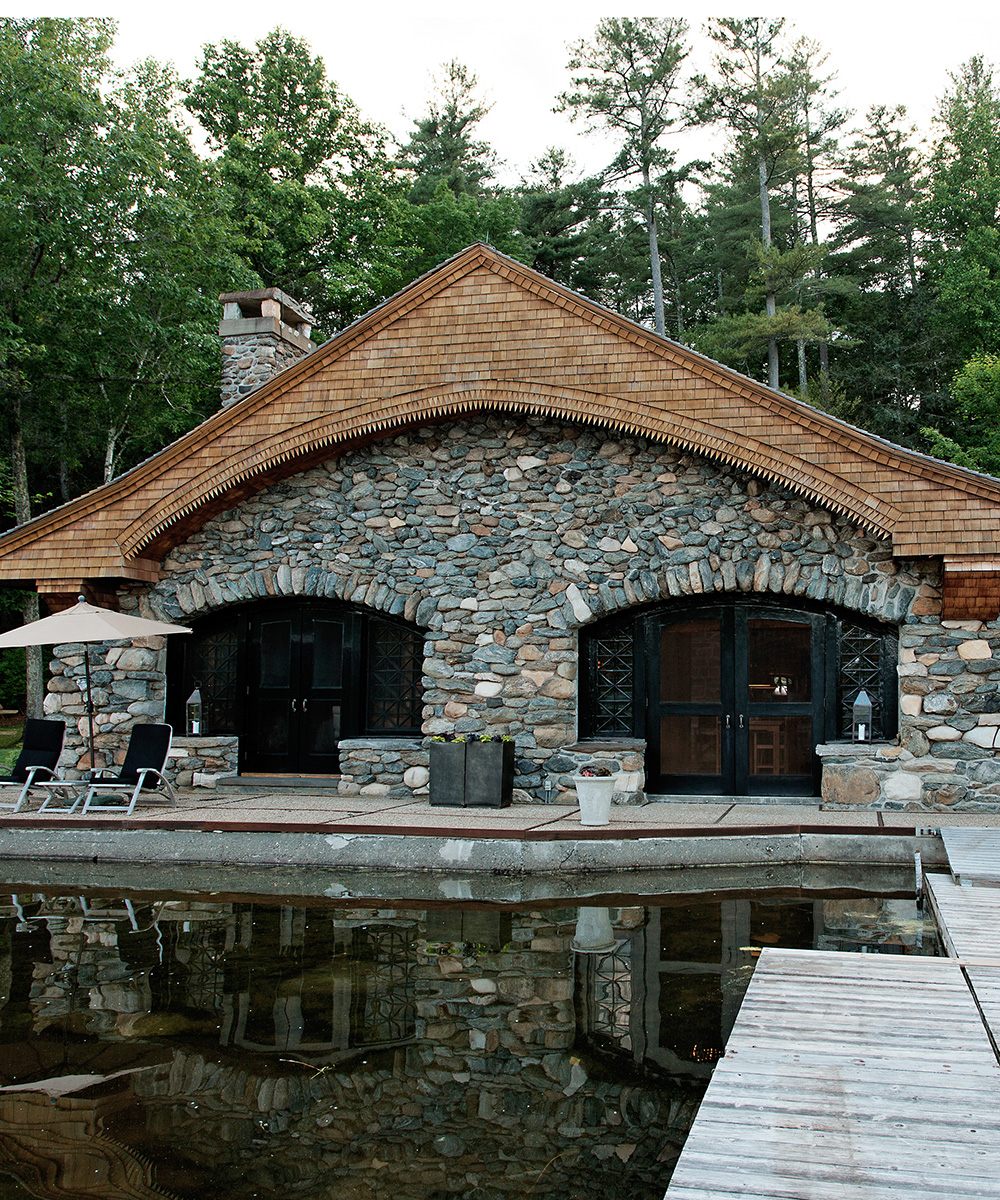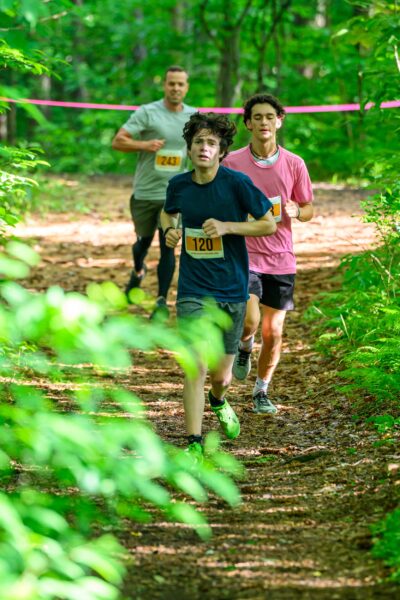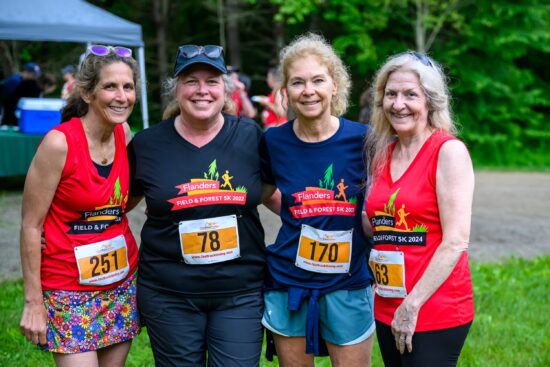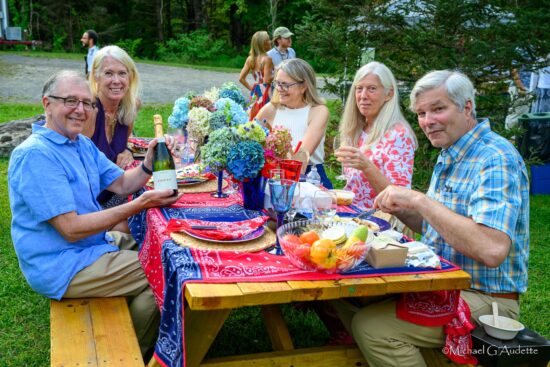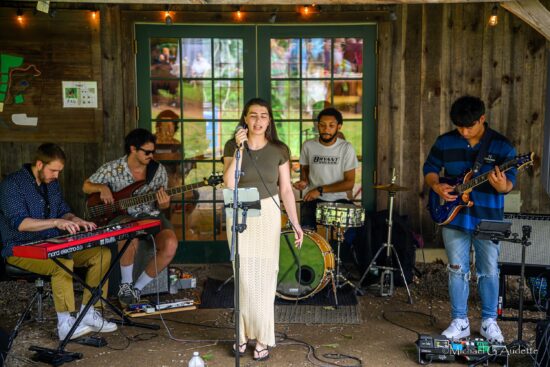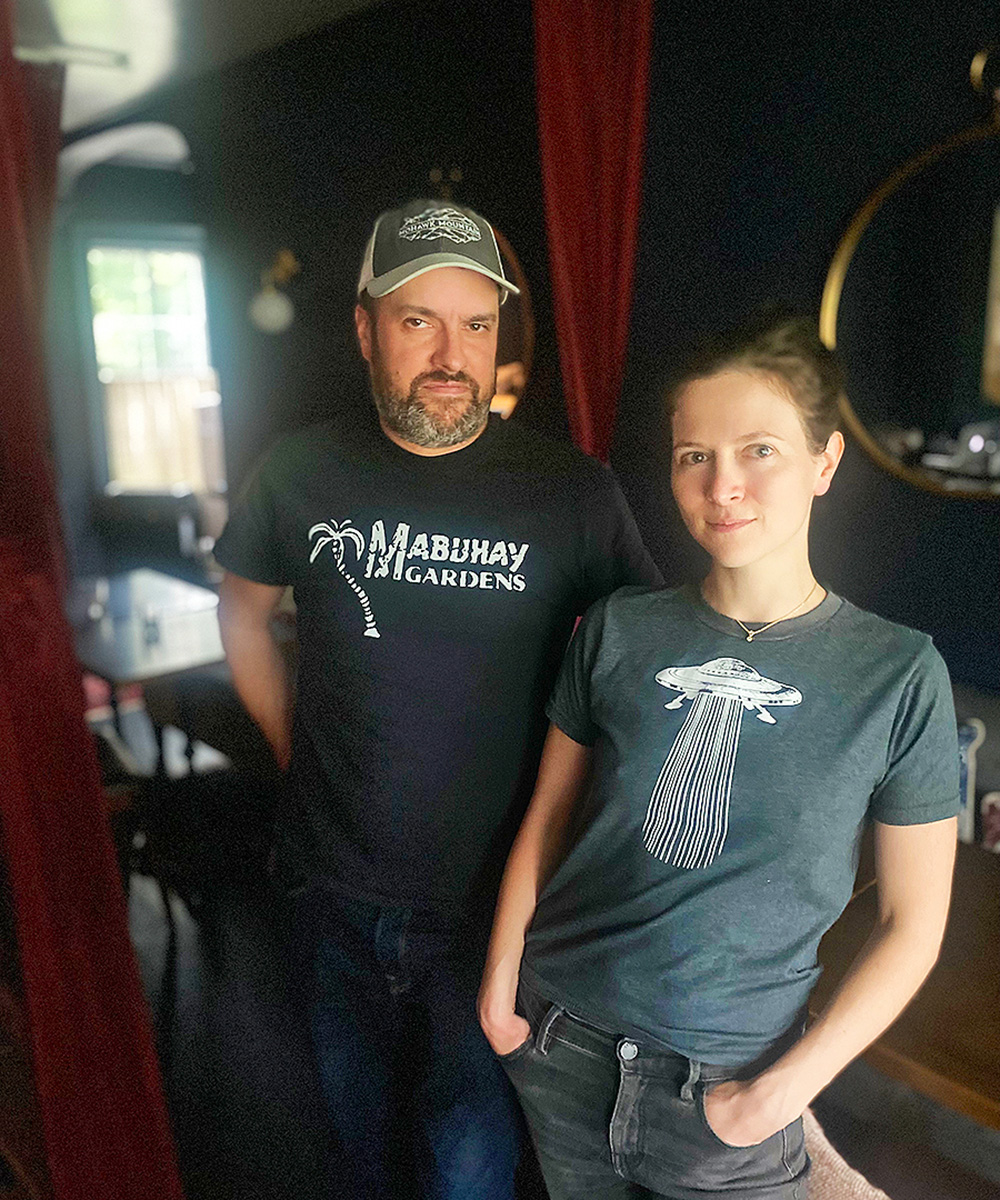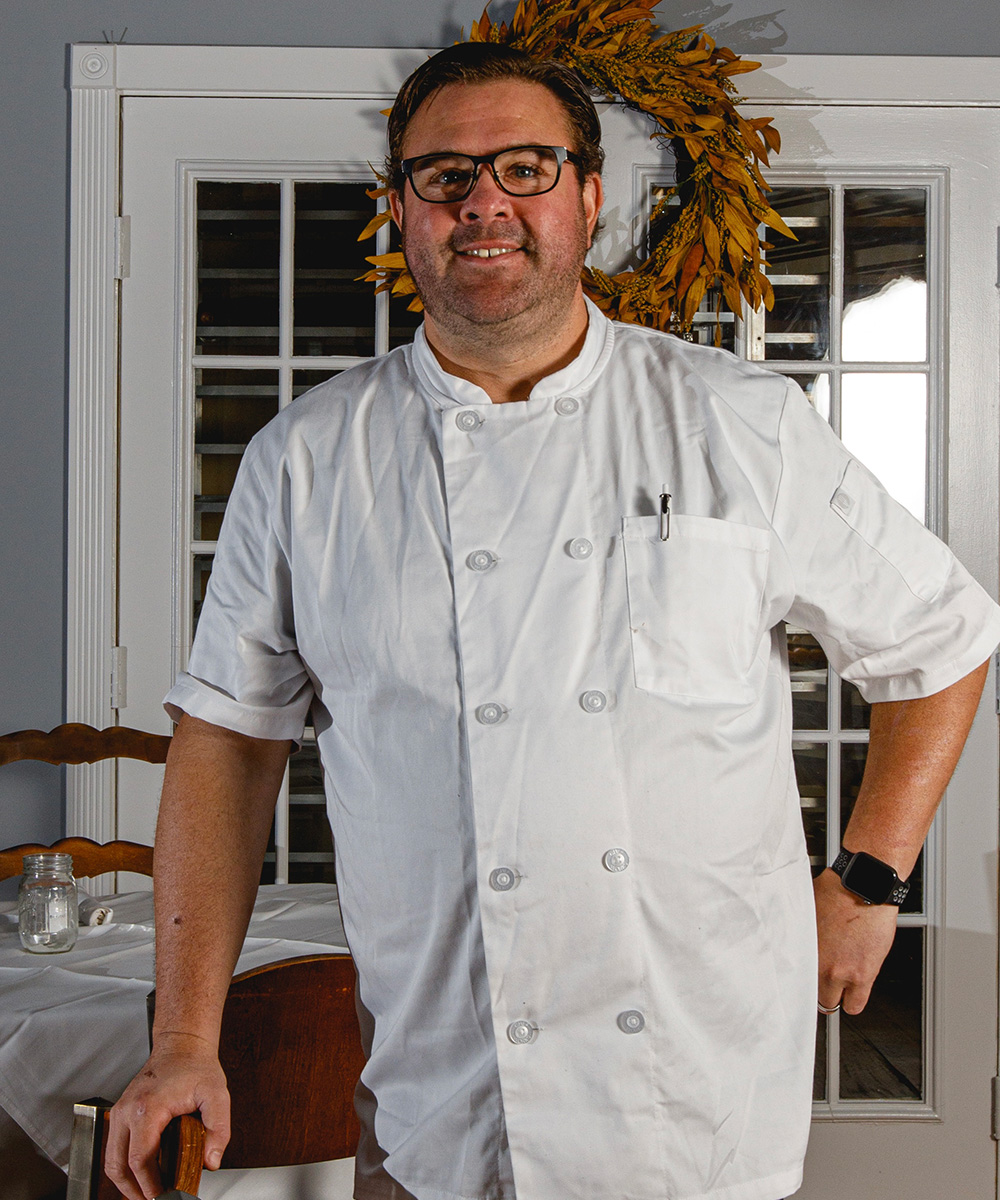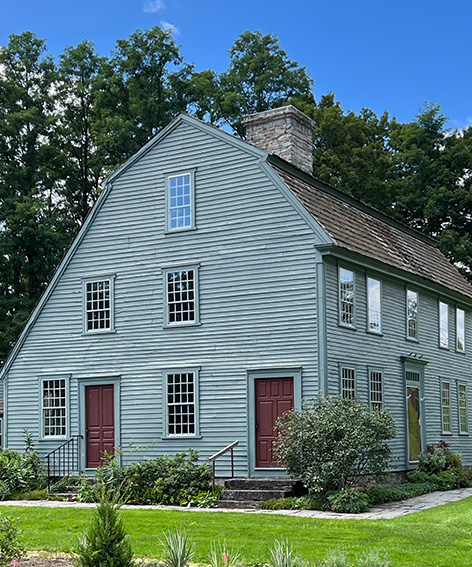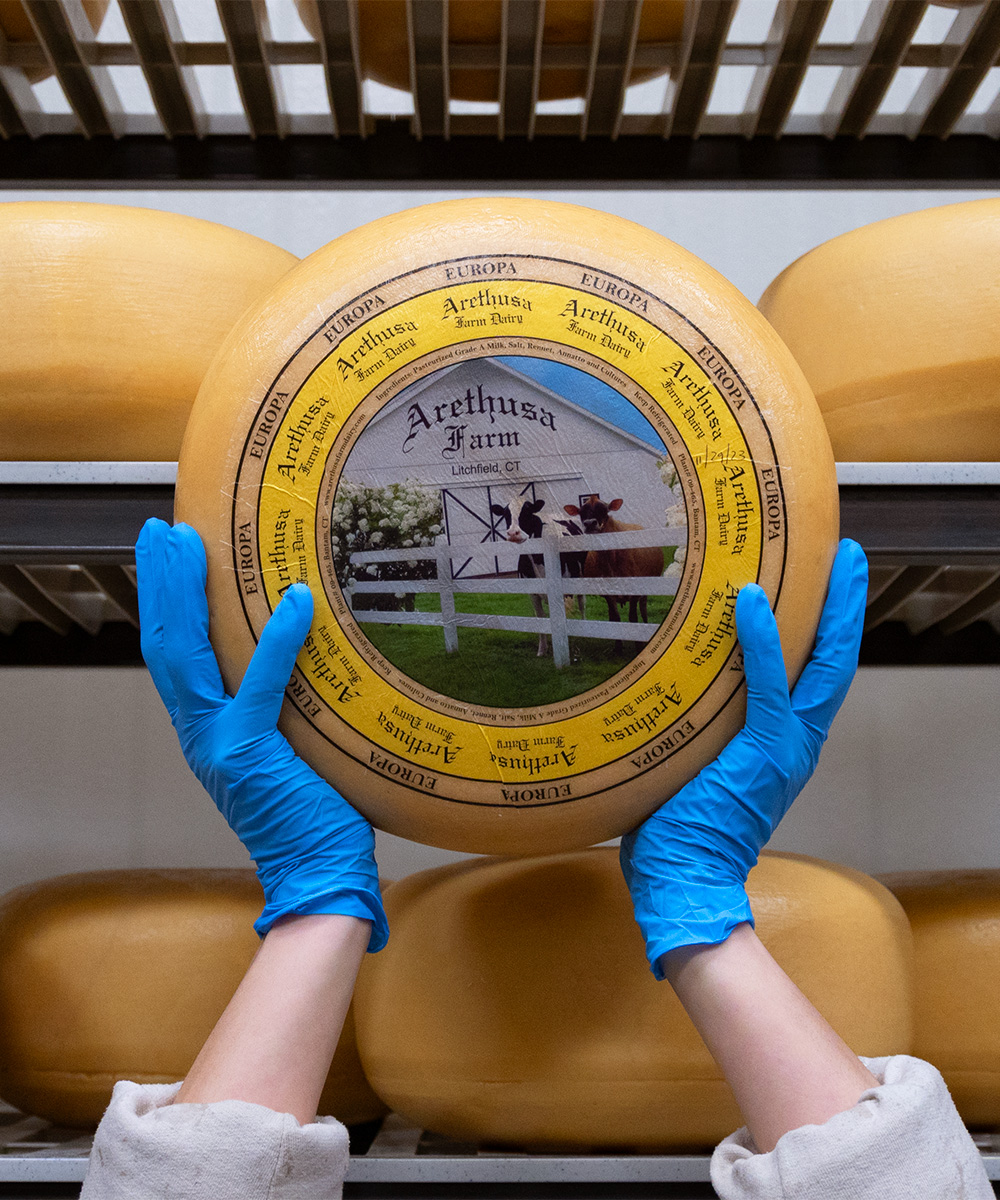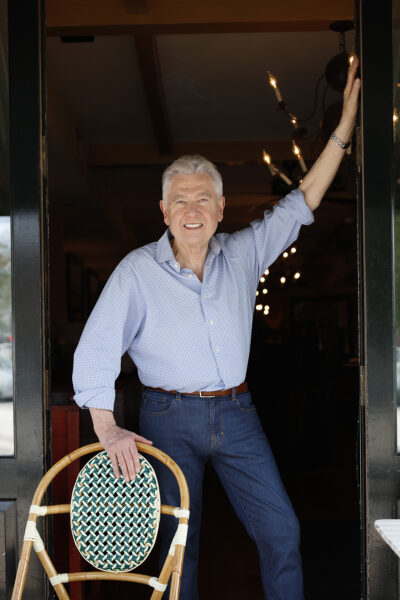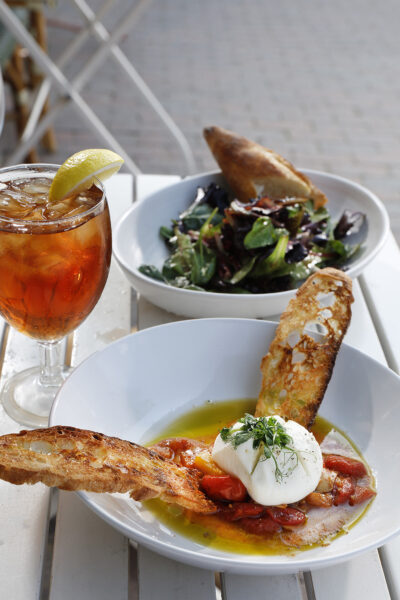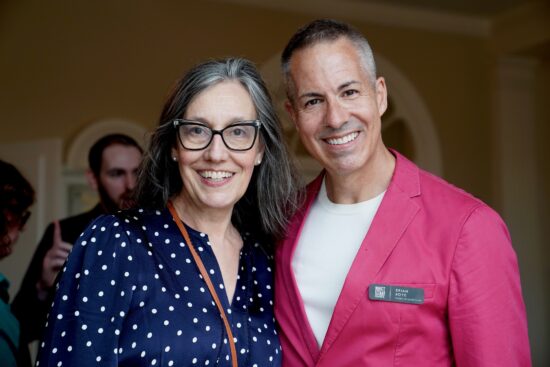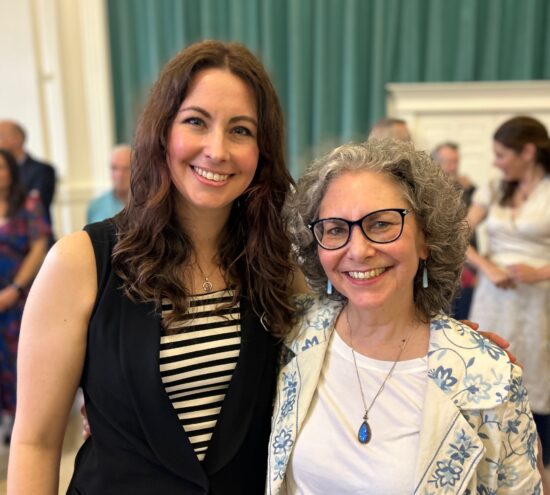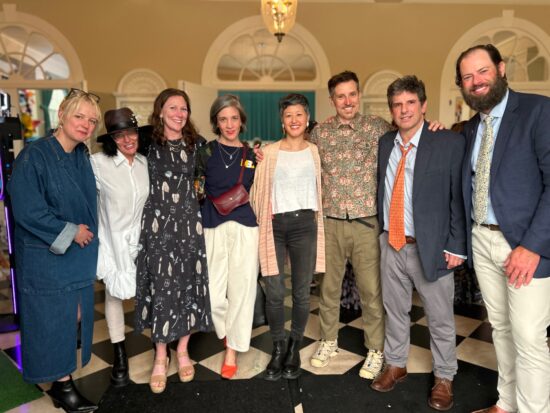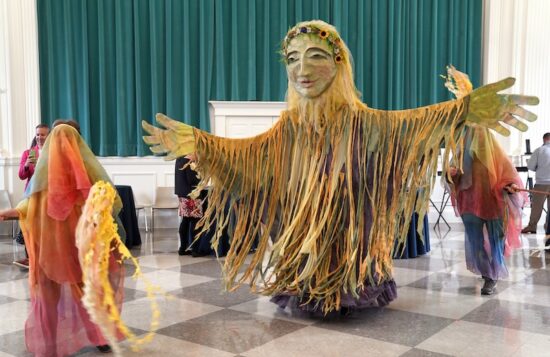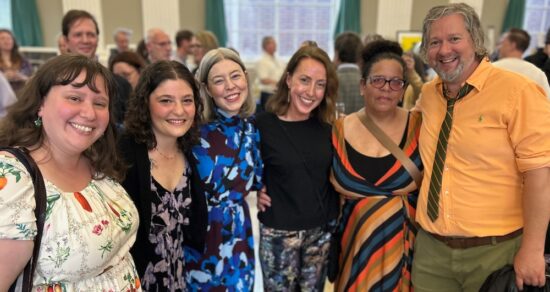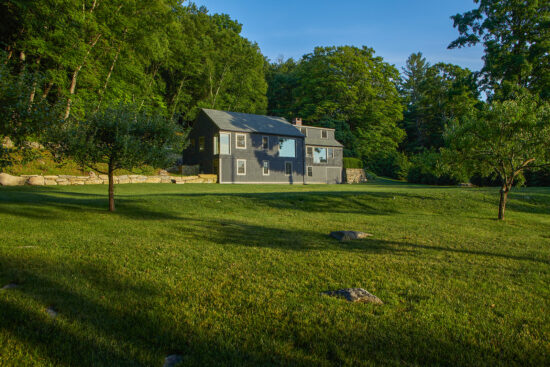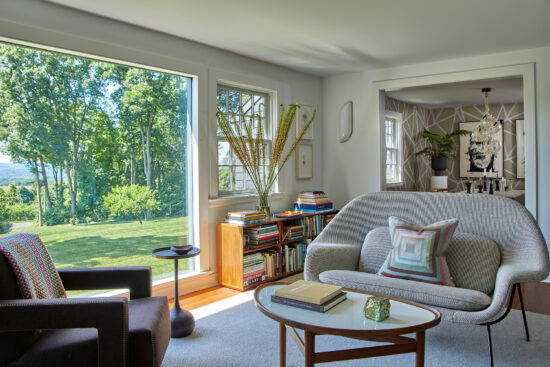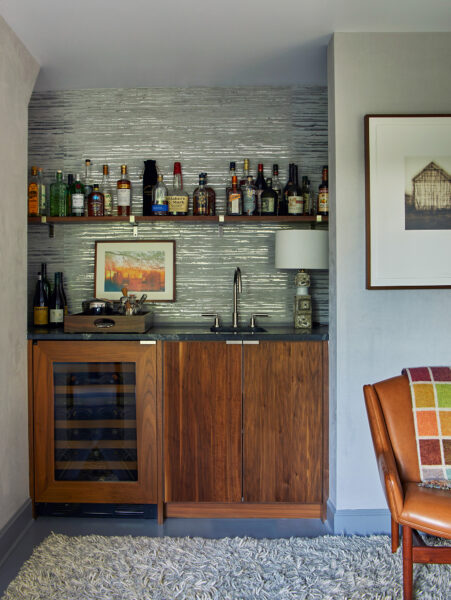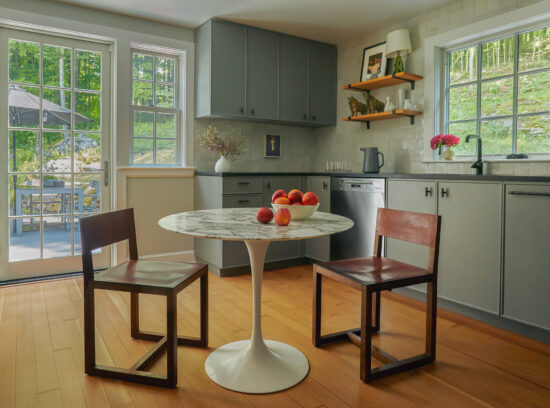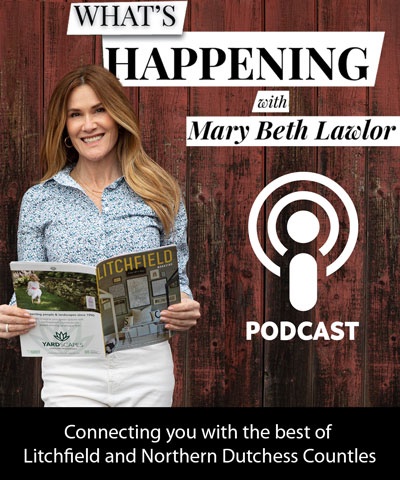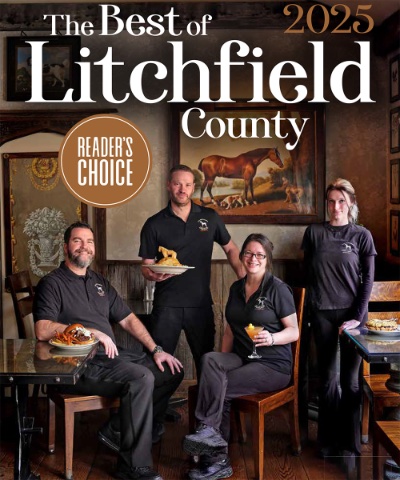Anne MacDonald transformed a historic stone boathouse on Washinee Lake into a stunning summer retreat and gathering space.
A Historic Lakeside Gem, Lovingly Restored
By Tara Kelly
Photos By Colin Bazzano
Way back in 1986, Anne MacDonald was living in an old farmhouse on Taconic Road in Salisbury, adjacent to Washinee Lake, when she saw the stone boathouse for the first time. “I used to kayak by there, and thought, wouldn’t it be spectacular to live on the lake. It was the most wonderful building.”

It had been built by the Scovilles, a centuries-old family with extensive land holdings on Taconic Road and surrounding the Twin Lakes. They owned several grand estates, with many accessory buildings, many of them made of stone. “Depending on whom you ask, the boathouse was built in the early to mid or late 1800s,” MacDonald says.
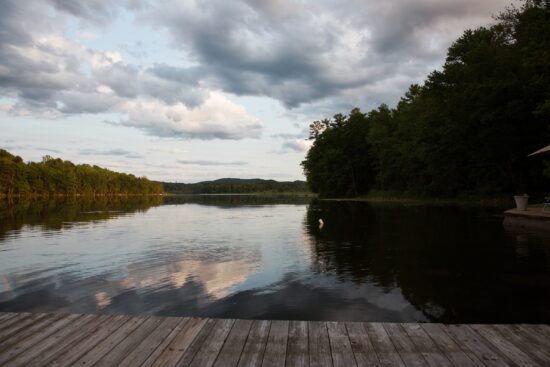
The one thing that is not in dispute is the elegance and allure of the building.
When MacDonald acquired the property in 1999, the boathouse had sat mostly unused for many years. And it came with a 1960s-style modern house. “It was low-ceilinged, despite a high-pitched roof line like a ski lodge, and filled with Formica and chintz,” she says.
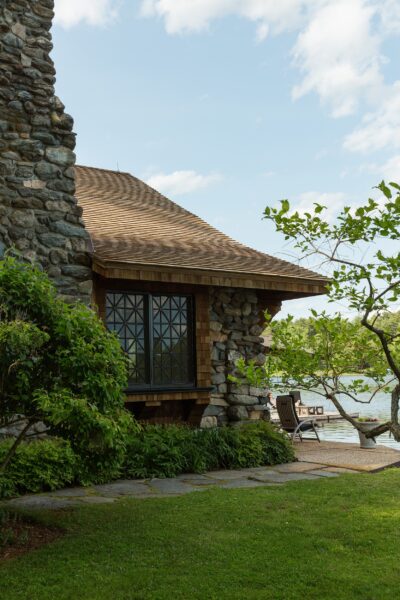
“I was unsure how to renovate the boathouse. So many people knew the building. It seemed challenging. So, I did the house first, then started on the gardens, and literally worked my way down to the shore.”

By the time she started on the boathouse, MacDonald had assembled a team of designers, artisans, and craftsmen she trusted. Cassidy & Teti, a design team based in Salisbury, architect Pat Scarlett, and Rick Wells of Undermountain Builders, all worked on the project. They were able to retain much of the original interior.

“The fireplace, windows, brick floor, and wood paneling in the living room area needed to be deep-cleaned, and the wood restored,” MacDonald says. “Dave and Tyler Beaujon, put up scaffolding like they were painting the Sistine Chapel. They still take care of the wood today.”
The two-bay structure and footprint are the same, but now, where boats used to be stored for the winter, there is a dining space with a kitchen and bath (creatively tucked out of sight behind a stone wall), inspired by something MacDonald saw in a restaurant in Singapore.

While it does have heat, she uses it mostly in the summer, for dramatic dinner parties, and weekend lunches—invitations coveted by her friends. But for all waterside passersby, the stone boathouse looks almost the same as it did more than 100 years ago.
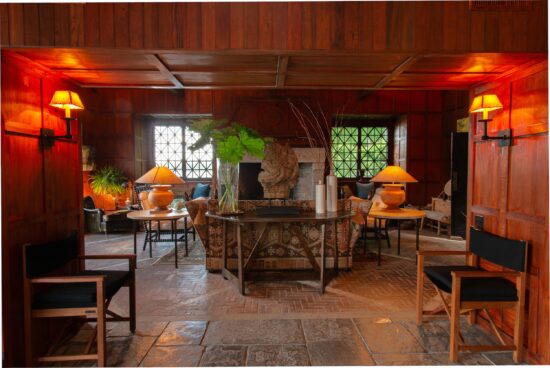
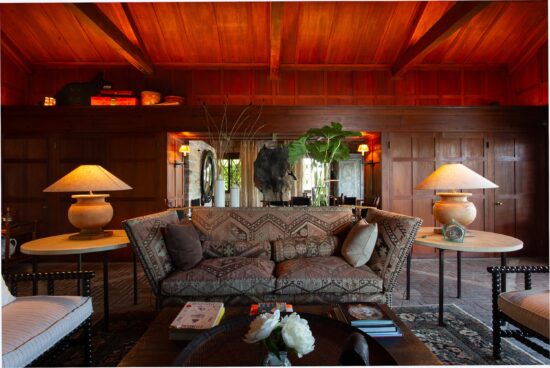
And MacDonald, who rowed in college and did club rowing when she was in business school in England, has taken up the sport again. “When I moved here,” she says, “I would watch the boys from Salisbury School rowing, and say to myself, I really should get back to it.” Now she’s a member of the Salisbury Rowing Club, and keeps her single-seat wood scull at the Salisbury School boathouse.
Except during COVID. “My friend Dick Kirber and I kept our boats in my boathouse. He would go out at 6 am and I would go out at 8. The boathouse got a chance to be a boathouse again.”





